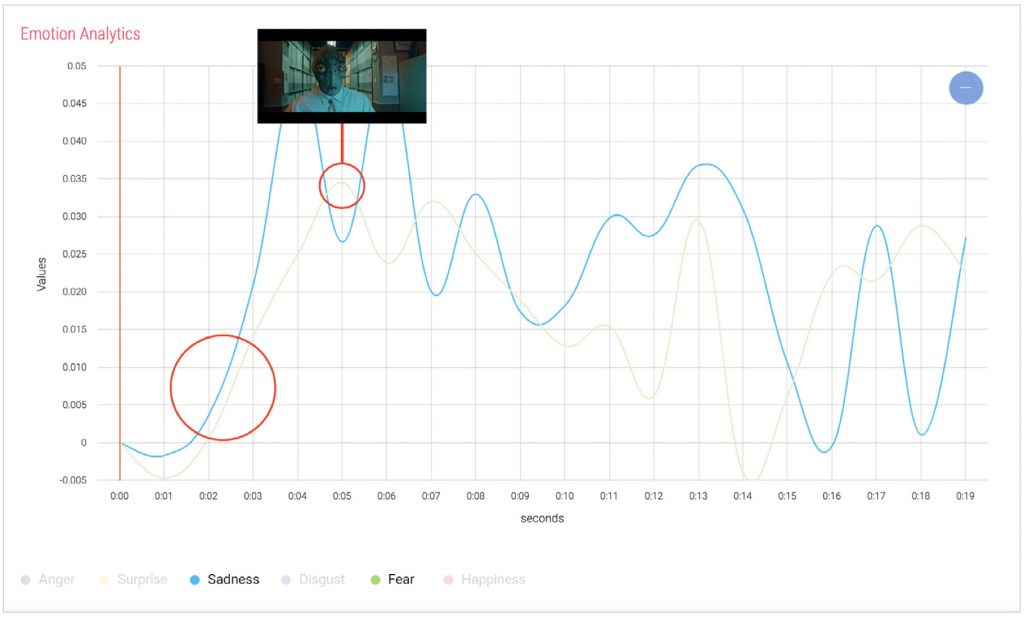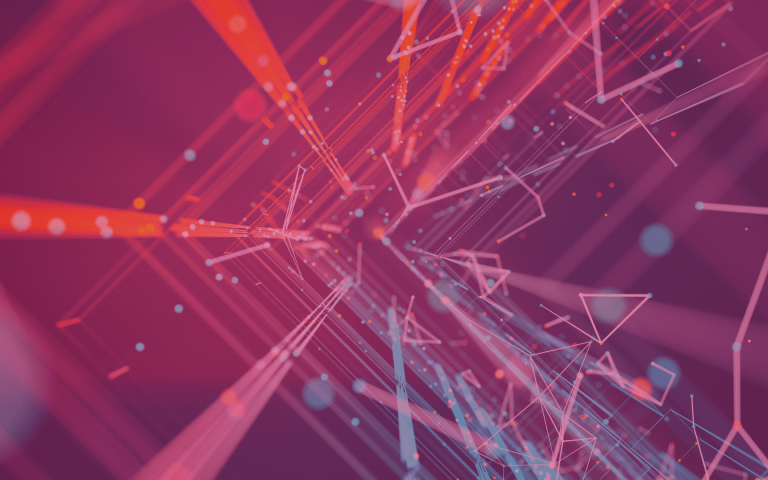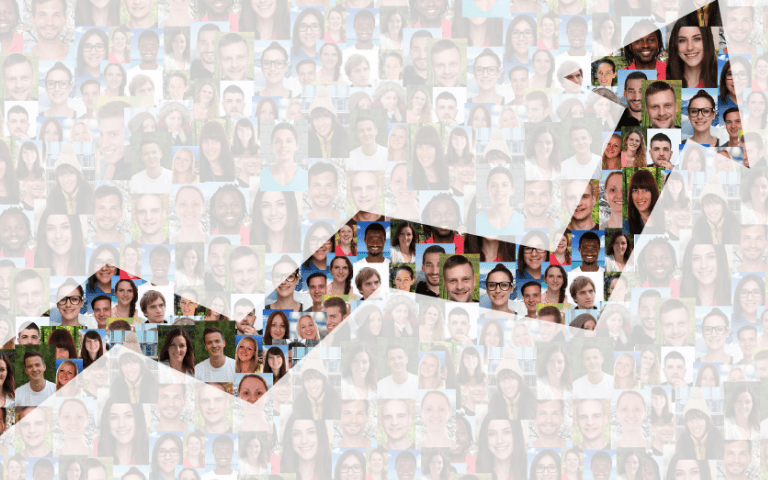Why the Attention Economy Matters in Marketing
The ‘Attention Economy’ has existed for many years but has become a hot topic in marketing with the boom in instant digital communication. The attention economy serves as a system in which user attention is recognized as a currency because it can bring profits to companies. In this article, we explore the ins and outs of the attention economy.
Key points:
- It takes three seconds to capture someone’s attention before they move on
- Campaigns with emotional content perform twice as well as non-emotional content
- Attention spans do not necessarily drop the longer the content is
How the attention economy works
The attention economy, for an individual person, means deciding on what is worth one’s time and attention over something else. It typically takes three seconds to capture attention before the mind moves to something else.
Making the attention economy work in marketing involves understanding how to get the ‘best bang for the buck’ as it relates to capturing and maintaining the attention of the intended audience and encouraging them to take a desired action over other options. Diving deeper, attention and attention span represent two slightly different things:
- Attention is the point at which you capture your audience
- Attention span is how long you can hold your audience before they turn their attention to something else
Simple right? The challenge many marketers face involves capturing and holding the attention of the same audience at the same time as thousands of other hopeful marketers. According to the Berkeley Economic Review: “Our attention has always been limited, valuable, and scarce. But what distinguishes the present day is that technological advances have made an overwhelming amount of information available, strategically aimed at capturing our attention.”
How do you measure customer attention metrics?
Measuring these two distinct metrics (attention and attention span) provides marketers insight into what will likely resonate with their target audience. And when combined with other metrics, attention and attention span indicate how engaged a viewer is.
In a past blog post, we talked about how over 50 marketing metrics exist to measure success but they are usually collected at a point where it’s too late to make any significant changes to a campaign.
However, it is possible to improve customer attention through one particular method: emotional analysis. In a recent interview, book author, Leonard Mlodinow, stated: “Emotions play a hidden role in our behavior… help the brain choose what sensory information to pay attention to, how to process it, and what other data — such as memories or goals — to weave into decisions.”
In fact, campaigns that use emotional content get about twice as many results (31% vs. 16%) as those with only rational content. And thanks to technology such as Emotion Artificial Intelligence (AI), you can measure metrics such as attention, attention span, and emotional response to help confirm that your content is engaging.
>> Relevant White Paper: How to improve your customer attention
What is an example of attention economy?
One doesn’t have to go far to see an example of the attention economy in a marketing sense is everywhere:
- A quick search for a new pair of shoes on Google instantly serves several ads
- Listening to music on a free Pandora account means hearing a commercial or two between songs
- Even a trip to the beach might result in seeing a floating billboard
Marketers constantly bid for attention through media platforms but social media provides a great example of attention economy.
Examples in social media
TikTok likely represents the best example of the attention economy in social media. With most videos less than 60 seconds long, TikTok was built to efficiently capture and sustain attention in a very addictive way. According to a Cambridge Market Insights article, the short clips help release small amounts of dopamine which make them addictive; so addictive that TikTok is now testing ‘Shop Now’ buttons to push the buying process.
Generational differences also play a role on why TikTok is great at tapping into the attention economy. Audiences between the ages of 18-14 make up the largest portion of TikTok’s consumers and according to recent studies, younger generations tend to pay more attention to ads as compared to older generations. Additionally, a 2019 study found that consumers aged 45 and older are buying 38% more online products now compared to 2018.
What is selective attention in marketing?
Selective attention in marketing is when your audience has many distractions occurring simultaneously but still pays attention to your marketing. For example, a 2021 study found that 1 out every 2 people use their phones while watching videos. It’s important for marketers to know how to capture attention within the first few seconds and maintain it.
NeN Energia, an Italian energy provider, used selective attention to their advantage when doing ad testing for four TV commercials. The ad testing evaluated which commercials would most likely capture the attention of the audience and would most likely have the best engagement using emotion analytics. The best performing commercial scored the highest in attention (71%) and as shown in the image below, the audience became immediately engaged within the first few seconds, showing feelings of sadness and thus empathizing with the main character.
After using the ad testing results to guide which commercials to air, NeN reported that the pace of customer growth increased by 50% and brand awareness nationwide doubled.
Does shorter content always capture attention?
Contrary to belief, shorter content does not always automatically capture attention; it depends on the platform in which the content is served and the buying stage of the viewer. For example, a user searching for guidance on preparing a new garden bed will likely watch a YouTube ad on a weed-removal product.
Slight differences also exist across different media channels. Over 40% of audiences watch TV ads for 30 seconds on average but the same watch rate doesn’t hold true for social media channels such as Instagram, where it is 1.5 seconds.
How to achieve success with the attention economy
Leveraging the attention economy to achieve success in marketing starts with understanding how to improve your customer attention. Thanks to Emotion AI tools such as EmPower, any marketing team can achieve that level of understanding down to the very second where attention starts to drop. We discuss attention as a currency, the concept of selective attention, and how to increase the attention of your audience in our new white paper.
DOWNLOAD YOUR FREE WHITE PAPER



































